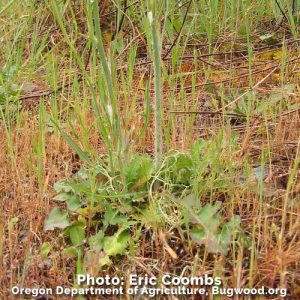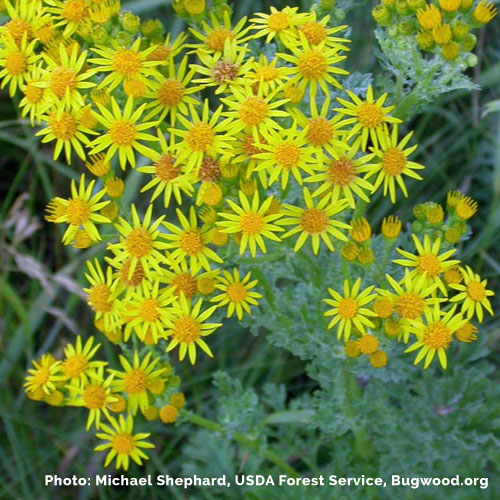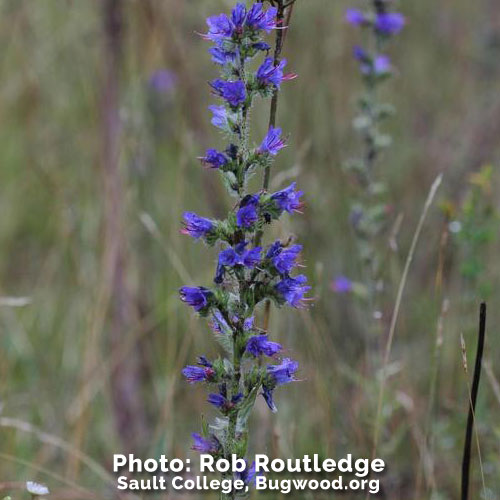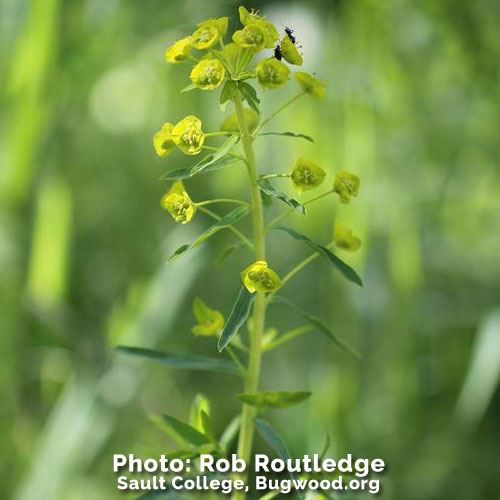Noxious Weeds
Those pretty flowers you see in your yard might actually be an invasive species of weed (known as a noxious weed). These type of weeds do flower and might look nice for a while, but they have a huge impact on local agriculture, livestock and wild animals.
Below you can find a list of currently listed noxious weeds found in Lincoln County as well as some helpful links.
Helpful Weed Links
View an interactive map with more photos here
MSU Noxious Weed Info & Identification
MTWeed.org – Helpful for identifying your weeds
Latest Invasive Weeds
Below is a list of the newest invasive species of weeds that have recently effected Lincoln County.
Rush Skeletonweed (Chondrilla juncea)

Rush Skeletonweed is a tap-rooted perennial that can grow up to four feet in height, however in Montana, tends to be smaller in stature. The rosette of Rush Skeletonweed resembles a dandelion rosette in the sharp, deeply toothed basal leaves.
Learn more about Rush Skeletonweed (PDF)
Tansy Ragwort (Senecio jacobaea L.)

Tansy ragwort produces pyrrolizidine alkaloids – these can be lethal if ingested by cattle, horses and deer. A member of the Asteraceae taxonomic family, this large biennial or short-lived perennial herb is native to and widespread throughout Europe and Asia and has spread through Flathead, Lincoln and Sanders counties. Stems can grow to a height of 5.5 feet (1.75 meters), with the lower half simple and the upper half many-branched at the inflorescence.
Learn more about Tansy Ragwort (PDF)
Blue Weed (Echium vulgare)

Blueweed can infest pasture and rangeland, causing potential impact to livestock. Several members of the borage family, including blueweed, contain pyrrolizidine alkaloids, which can be toxic to horses and cattle when ingested.
Learn more about Blueweed (PDF)
Leafy Spurge (Euphorbia esula)

Abundant in and widespread throughout Montana and many counties, including Lincoln, Sanders and Flathead.
Learn More About Leafy Spurge (PDF)

